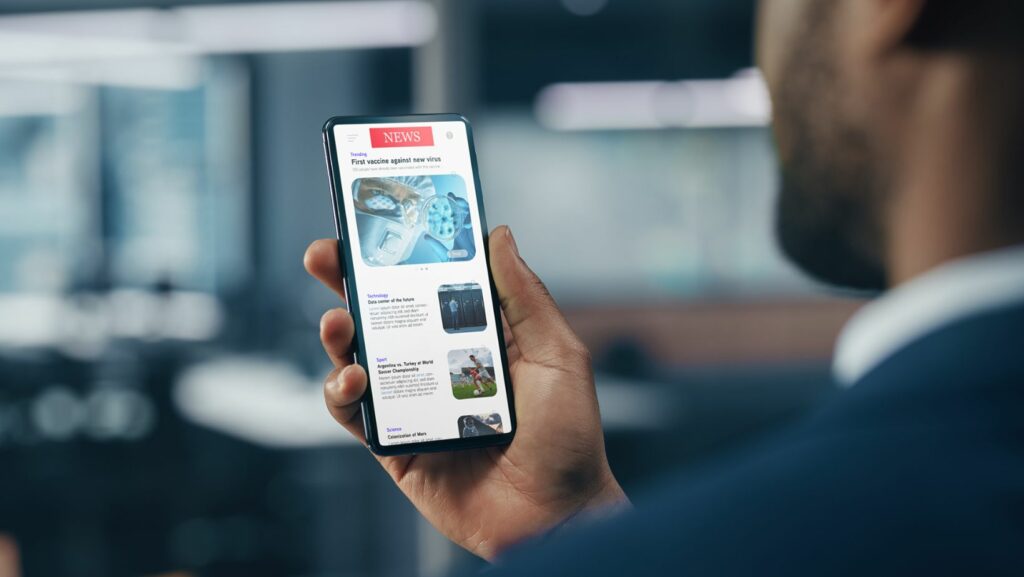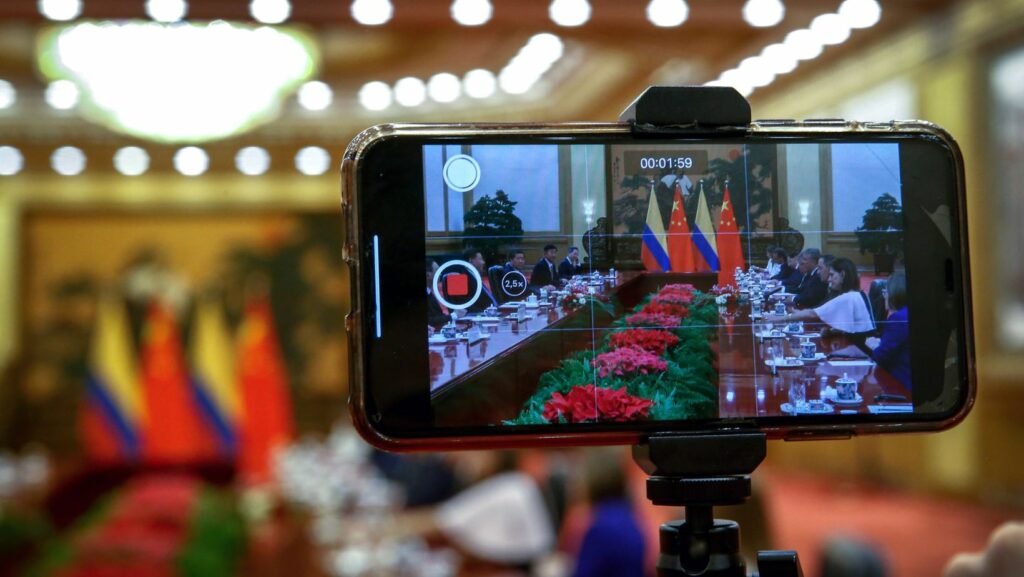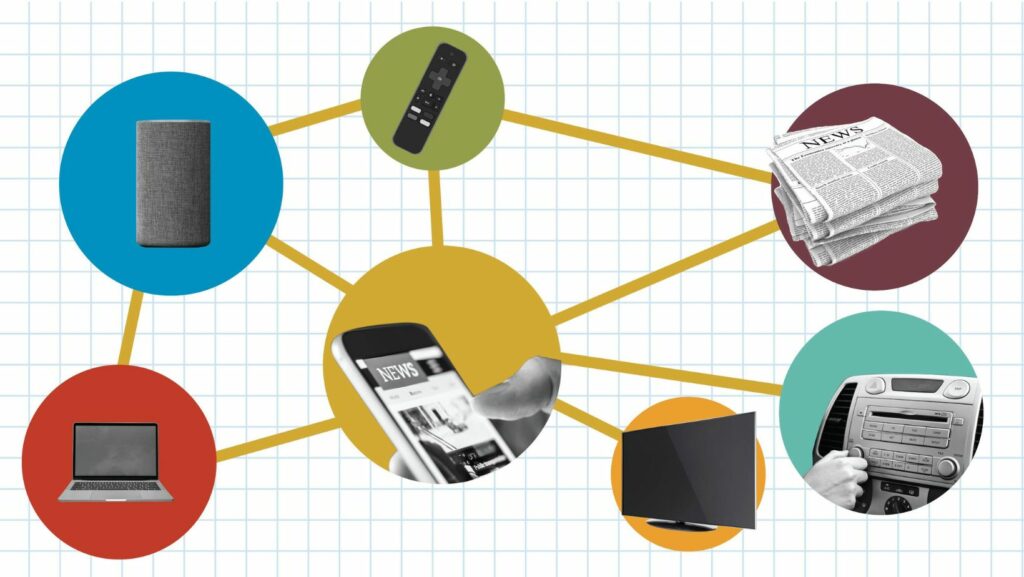How has Cellular Technology Changed Americans’ Consumption of the News?
In today’s fast-paced digital age, cellular technology has revolutionized how Americans consume news. With smartphones becoming ubiquitous, accessing the latest headlines, articles, and updates is just a tap away. The convenience of having news at our fingertips has transformed the way we stay informed and engaged with current events.

As a seasoned blogger, I’ve witnessed firsthand the shift in news consumption patterns due to the prevalence of cellular technology. How has cellular technology changed Americans’ consumption of the news? From real-time notifications to personalized news feeds, mobile devices have made it easier for individuals to tailor their news intake to their interests and preferences. This evolution in news consumption not only influences how we stay informed but also shapes the way information is disseminated and received in our society.
Overview of Cellular Technology in News Consumption
Pre-Smartphone Era vs. Post-Smartphone Era
In the pre-smartphone era, news consumption was predominantly limited to traditional media channels such as newspapers, television, and radio. How has cellular technology changed Americans’ consumption of the news? Individuals had to wait for scheduled news broadcasts or buy physical newspapers to stay informed. The accessibility to real-time updates and on-the-go news was minimal, with people relying on fixed schedules for information.

However, with the advent of smartphones, the post-smartphone era revolutionized news consumption habits. Smartphones enabled individuals to access news instantly from anywhere at any time. The portable nature of smartphones allowed for continuous updates and notifications, keeping users informed in real-time. This shift from scheduled news consumption to instant access has significantly altered how Americans stay updated with current events.
The Shift in News Consumption Habits
The evolution of cellular technology has led to a notable shift in news consumption habits among Americans. Previously, individuals were limited to specific times and sources for news intake. The emergence of smartphones introduced a more personalized and interactive news consumption experience.
With news applications and social media platforms at our disposal, news consumption has become tailored to individual preferences. Users can customize news feeds based on their interests, receive push notifications for breaking news, and engage with news content through various interactive features. This shift towards personalized and interactive news consumption has reshaped the way Americans engage with and consume news in the digital age.
Impact of Cellular Technology on News Access
Increased Accessibility and Convenience
Cellular technology has significantly enhanced the accessibility and convenience of news consumption for Americans. With smartphones becoming ubiquitous, individuals can now access news anytime, anywhere with just a few taps on their screens. This immediate access to a plethora of news sources has transformed how people stay informed, allowing them to catch up on current events during their daily commutes, lunch breaks, or any other spare moment in their day. The ease of retrieving news updates on smartphones has made staying informed a seamless part of people’s everyday routines.

Real-Time News Updates
One of the most profound impacts of cellular technology on news access is the delivery of real-time news updates. Gone are the days of waiting for the evening news broadcast or the morning newspaper to learn about the latest happenings. With smartphones, individuals can receive instant notifications about breaking news events as they unfold. This real-time reporting provides a sense of immediacy and keeps individuals informed about the latest developments almost as soon as they occur. The ability to receive news updates in real-time has revolutionized how Americans consume news, ensuring they are always up-to-date with the most recent information.
Cellular technology has revolutionized how Americans consume news, providing instant access and personalized experiences through smartphones. The interactive nature of mobile journalism allows users to engage with real-time updates and contribute to news content. However, challenges such as misinformation on social media highlight the importance of media literacy. The demand for immediate news can sometimes compromise accuracy for speed, impacting the quality of reporting. The integration of user-generated content blurs the lines between professional journalism and citizen reporting, presenting new challenges in maintaining news credibility in the digital era.

